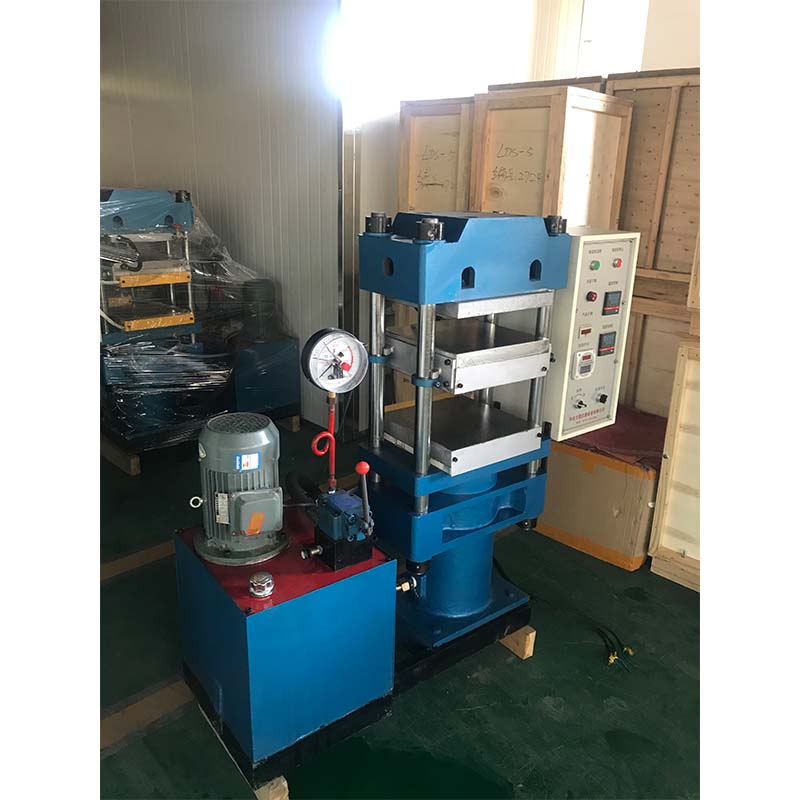Innovative Equipment for Measuring Tensile Strength in Material Testing Applications
Understanding Tensile Testers An Essential Tool for Material Testing
Tensile testing, also known as tensile strength testing, is a fundamental procedure used in material science and engineering. This method evaluates the mechanical properties of materials, specifically their ability to withstand tension or pulling forces. Tensile testers play a crucial role in this testing process, providing vital data that impacts the design, safety, and performance of various materials.
A tensile tester is an instrument designed to apply a controlled tensile load to a specimen until it deforms or fractures. The equipment measures several key parameters, including the force applied to the material and the resulting elongation or strain. By tracking these variables, tensile testers enable engineers and researchers to derive essential mechanical properties, such as yield strength, ultimate tensile strength, elongation, and modulus of elasticity.
Key Components of a Tensile Tester
The design of a tensile tester typically includes several components that work in tandem to deliver precise results. These include
1. Grips The grips hold the material sample securely in place while it is being tested. They must be designed to avoid slippage or damage to the specimen. Different types of grips exist, including wedge grips, hydraulic grips, and pneumatic grips, each suitable for specific materials. 2. Load Cell This component measures the force exerted on the specimen. Load cells convert mechanical force into electrical signals, allowing precise measurement of the tensile load throughout the testing process.
3. Crosshead The crosshead moves at a controlled speed, applying the tensile load to the specimen. It can be adjusted to accommodate different testing speeds, which can influence the results.
4. Data Acquisition System Modern tensile testers are equipped with sophisticated software that records force and displacement data during the test. This system allows for real-time monitoring and analysis, producing accurate stress-strain curves that illustrate the material's behavior under tension.
tensile testers

The Testing Process
The tensile testing process typically begins with the preparation of a standardized specimen, often shaped into a dog-bone form to ensure uniform stress distribution. The specimen is then placed in the grips of the tensile tester. Once everything is in place, the test is initiated, and the machine gradually pulls the specimen apart while continuously recording data.
As the material is stretched, it initially exhibits elastic behavior, meaning it will return to its original shape once the load is removed. However, as the load increases, the material eventually reaches its yield point, beyond which it begins to deform permanently. The ultimate tensile strength is the maximum load the material can withstand before rupture occurs.
Importance of Tensile Testing
Tensile testing is crucial in various industries, including aerospace, automotive, construction, and manufacturing. Understanding the tensile properties of materials helps engineers select appropriate materials for specific applications. For instance, high-strength materials are essential in aerospace applications, where safety and performance are paramount.
Moreover, tensile testing provides insights into the material's ductility, which indicates how much it can be stretched before breaking. This characteristic is critical in applications where materials must undergo significant deformation before failure, such as in structural components.
Conclusion
In conclusion, tensile testers are indispensable tools in the realm of material testing. They provide essential data that assist engineers and researchers in understanding material properties, ensuring that products are safe, durable, and capable of performing as intended. By investing in high-quality tensile testing equipment and performing thorough material evaluations, industries can enhance their product development processes, leading to safer and more efficient designs. As technology advances, the precision and capabilities of tensile testers will continue to improve, furthering our understanding of materials in a wide range of applications.
-
Why the Conductor Resistance Constant Temperature Measurement Machine Redefines Precision
NewsJun.20,2025
-
Reliable Testing Starts Here: Why the High Insulation Resistance Measuring Instrument Is a Must-Have
NewsJun.20,2025
-
Flexible Cable Flexing Test Equipment: The Precision Standard for Cable Durability and Performance Testing
NewsJun.20,2025
-
Digital Measurement Projector: Precision Visualization for Modern Manufacturing
NewsJun.20,2025
-
Computer Control Electronic Tensile Tester: Precision and Power for the Modern Metal Industry
NewsJun.20,2025
-
Cable Spark Tester: Your Ultimate Insulation Assurance for Wire and Cable Testing
NewsJun.20,2025
 Copyright © 2025 Hebei Fangyuan Instrument & Equipment Co.,Ltd. All Rights Reserved. Sitemap | Privacy Policy
Copyright © 2025 Hebei Fangyuan Instrument & Equipment Co.,Ltd. All Rights Reserved. Sitemap | Privacy Policy
